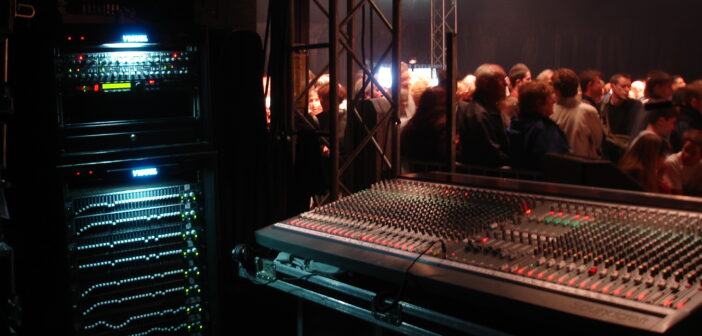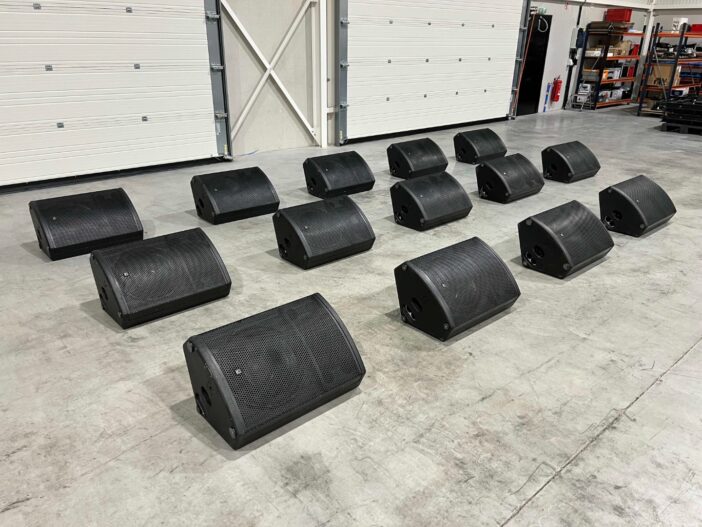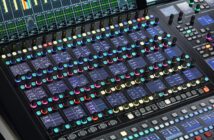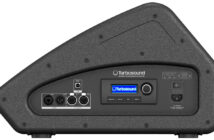In live performance, stage monitoring plays a crucial role in ensuring a successful show. Whether for musicians, actors, or speakers, the quality of onstage acoustics can directly impact the delivery. Performers’ sonic perception often differs greatly from that of the audience, making the use of appropriate stage monitors indispensable. This article will guide you through techniques, tips, and common mistakes to avoid, while providing detailed explanations of how stage monitors work and why they matter.
1. Understanding the role of stage monitors
Introduction: Stage monitors are audio systems designed to let performers hear themselves during a show. They are essential for maintaining harmony and timing, especially in complex acoustic environments.
Explanations: On stage, sound propagation can be disrupted by echoes and reverberation, making it difficult for performers to adjust their performance. Stage monitors, often in the form of speakers, help overcome these challenges by delivering a tailored audio mix.
Practical tips:
- Choose the right type of monitor based on stage size and performance type.
- Communicate with performers to understand their sonic preferences.
Case studies: During a Rolling Stones concert, it was noted that using high-quality monitors allowed the musicians to hear each other better, leading to a more synchronized performance.
Common mistakes: Failing to test the monitoring system before the show can lead to frustration. Make sure to perform a full soundcheck.
2. Types of stage monitors and how to use them
Introduction: There are several types of stage monitors, each with its own specifics. Understanding their differences is key to making an informed choice.
Explanations: Monitors can be grouped into several categories: wedge (wedge-shaped), side fills, and in-ear monitors. Wedges are often used for their directivity, while in-ear monitors isolate external sounds for a more focused experience.
Practical tips:
- For shows with lots of movement, favor in-ear monitors.
- For more static performances, wedges are often sufficient.
Case studies: In Broadway productions, in-ear monitors are so effective that they let actors move freely on stage without compromising sound quality.
Common mistakes: Using the same type of monitor for every performance can create adaptation issues. Evaluate each situation.
3. Mixing stage monitors correctly
Introduction: Properly mixing stage monitors is an art that requires experience and careful listening.
Explanations: Monitor mixing is often done using auxiliary outputs on mixing consoles. Each performer can request a personal mix that meets their specific needs.
Practical tips:
- Use tools such as remote-control apps to adjust levels in real time.
- Be attentive to performers’ requests and quickly tweak the mix during rehearsals.
Case studies: In a live music show, effective miking allowed a singer to request an instant adjustment to their monitor, which strengthened their performance.
Common mistakes: Avoid overloading the mix, which can cause unwanted resonances or even feedback. Keep it balanced.
4. Setting up and placing stage monitors
Introduction: The physical configuration of stage monitors strongly influences sound quality.
Explanations: For wedges, placement must be strategic to avoid feedback. Side fills should be aimed toward the stage to ensure maximum coverage.
Practical tips:
- Before the show, run sound tests to find the optimal placement.
- Discuss with performers to ensure they have an adequate listening field.
Case studies: During a rock concert, an engineer placed the wedges to optimize their effectiveness, which significantly improved the musicians’ comfort.
Common mistakes: Ignoring sound direction can create issues. Always position monitors with stage movement in mind.
5. Innovations and the future of stage monitors
Introduction: Audio technologies evolve rapidly, and stage monitoring is no exception.
Explanations: New in-ear monitor models offer improved audio quality, while wired monitor systems are being modernized with wireless connectivity features.
Practical tips:
- Follow technology trends so you don’t miss new developments.
- Regularly test equipment to ensure performance and user comfort.
Many bands are adopting wireless monitoring technologies to improve onstage comfort, enabling smoother performances.
Stage monitors are fundamental to delivering quality performances. By understanding how they work, the different types available, and the importance of good mixing and placement, you can create an optimal sonic environment. This requires ongoing attention and collaboration with performers, but the results are worth it. Don’t hesitate to invest in modern technologies to further improve onstage comfort.
What are the different types of stage monitors?
The main types of stage monitors include wedges, side fills, and in-ear monitors, each with features suited to performers’ needs.
How do you avoid feedback when using stage monitors?
To avoid feedback, it’s crucial to position monitors correctly and set levels appropriately, maintaining good distance between microphones and speakers.
Why is it essential to perform a soundcheck before a show?
A soundcheck ensures all equipment is working correctly and allows sound levels to be set according to performers’ needs.
How do you mix a stage monitor effectively?
To mix a monitor effectively, use auxiliary outputs on the console and discuss with performers to build a mix that suits them.
What common mistakes should be avoided when installing stage monitors?
Mistakes to avoid include incorrect speaker placement and failing to test equipment, which can compromise sound quality during the performance.





